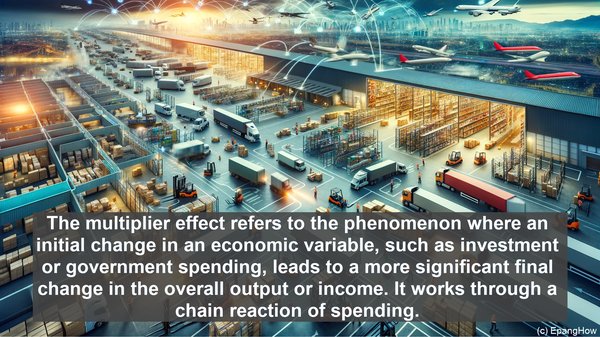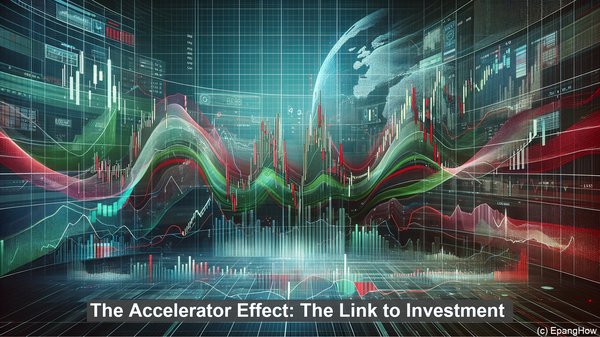Introduction: The Intricacies of Macroeconomics
Hello everyone, and welcome to our article on the multiplier effect and the accelerator effect in macroeconomics. Macroeconomics is a branch of economics that focuses on the behavior and performance of an entire economy. It deals with factors such as national income, inflation, unemployment, and economic growth. The multiplier effect and the accelerator effect are two key concepts in this field, and understanding them is crucial to comprehending the dynamics of an economy.

The Multiplier Effect: Amplifying Economic Activity
The multiplier effect refers to the phenomenon where an initial change in an economic variable, such as investment or government spending, leads to a more significant final change in the overall output or income. It works through a chain reaction of spending. Let’s consider an example: Suppose the government decides to invest $1 billion in infrastructure projects. This injection of funds creates jobs. The newly employed individuals now have more income, which they spend on various goods and services. This increased consumption, in turn, leads to higher production and employment in the industries catering to those demands. The cycle continues, with each round of spending generating more income and demand. The multiplier effect essentially magnifies the impact of the initial injection, resulting in a larger overall change in the economy.
The Accelerator Effect: The Link to Investment
While the multiplier effect focuses on the relationship between spending and output, the accelerator effect looks at the connection between changes in output and investment. It states that the level of investment in an economy is influenced by the rate of change of output. When the economy is growing rapidly, businesses anticipate higher future demand and, therefore, increase their investment. This additional investment, in turn, leads to further economic expansion. Conversely, during a downturn, the decline in output prompts businesses to reduce their investment, exacerbating the economic contraction. The accelerator effect essentially creates a feedback loop between output and investment, amplifying the impact of any initial change in the economy.
Interplay of the Multiplier and Accelerator Effects
The multiplier and accelerator effects are not mutually exclusive; rather, they often work in tandem, reinforcing each other’s impact. Let’s consider a scenario: Suppose there is an increase in consumer spending due to a rise in consumer confidence. This increase in spending leads to a higher level of output. As output rises, businesses, driven by the accelerator effect, increase their investment. This additional investment, in turn, leads to further output growth, which then triggers more consumer spending. The cycle continues, with the multiplier and accelerator effects working in sync to generate a self-reinforcing cycle of economic expansion. Similarly, during a downturn, the multiplier and accelerator effects can amplify the contraction, leading to a more severe recession.

